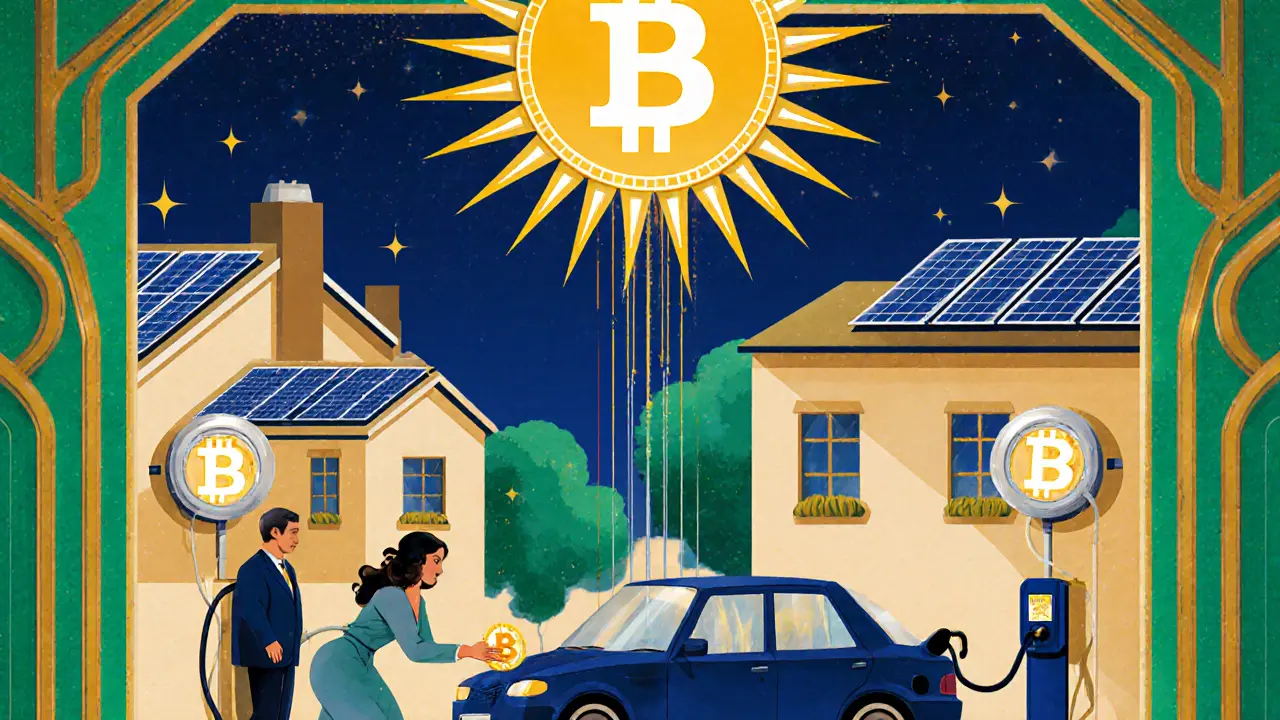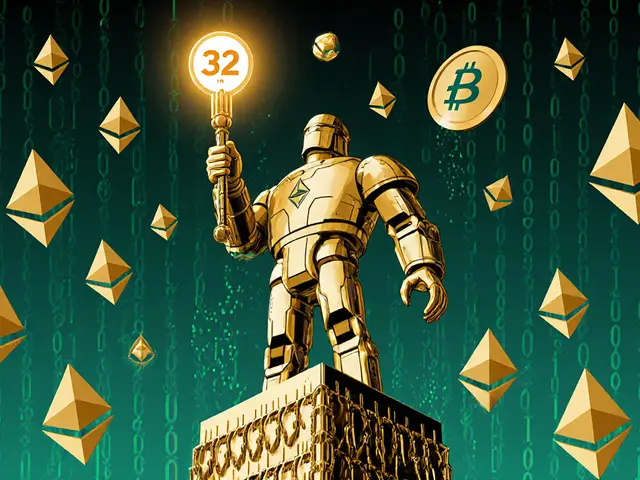Renewable Energy in Crypto: How Green Tech Is Shaping Blockchain
When we talk about renewable energy, energy sourced from natural processes like sunlight, wind, and water that don’t run out. Also known as clean energy, it’s becoming a make-or-break factor for blockchain networks trying to shed their carbon-heavy reputation. Crypto used to be synonymous with massive power drains—especially Bitcoin mining, which once consumed more electricity than entire countries. But that’s changing fast. Today, the real question isn’t just can crypto use renewable energy—it’s how and who is doing it right.
The shift started with proof of stake, a consensus mechanism that replaces energy-intensive mining with token-based validation. Also known as PoS, it slashed Ethereum’s energy use by over 99% when it switched in 2022. Now, networks like Solana, Cardano, and Injective follow suit, running on solar-powered data centers or hydroelectric grids. This isn’t just marketing—it’s survival. Regulators, investors, and users are demanding cleaner systems. Projects that cling to proof of work are getting left behind, while those using renewable energy gain trust, lower costs, and attract institutional funding.
Then there’s the bigger picture: blockchain sustainability, the long-term environmental and economic viability of crypto networks. It’s not just about electricity sources—it’s about hardware lifespan, cooling systems, and how tokens are distributed. Some projects now track their carbon footprint in real time. Others partner with renewable energy providers to power mining rigs directly from wind farms. Even meme coins are getting in on it—some donate a slice of transaction fees to solar projects. The trend is clear: if your crypto doesn’t answer the energy question, it won’t last.
What you’ll find below isn’t a list of green coins. It’s a collection of real stories—how exchanges are cutting power bills, how DeFi protocols are tying rewards to renewable use, and how scams hide behind false eco-claims. Some posts expose fake "green crypto" tokens. Others show how real innovation is happening in places you wouldn’t expect—like Georgia, Nigeria, and Turkey—where energy costs and regulations are forcing smarter choices. Whether you’re trading, staking, or just trying to understand what’s real, this is the energy story behind the blockchain.
Benefits of Blockchain Energy Trading
Blockchain energy trading lets households and businesses buy and sell renewable power directly, cutting costs, reducing waste, and empowering communities with transparent, automated peer-to-peer energy markets.





